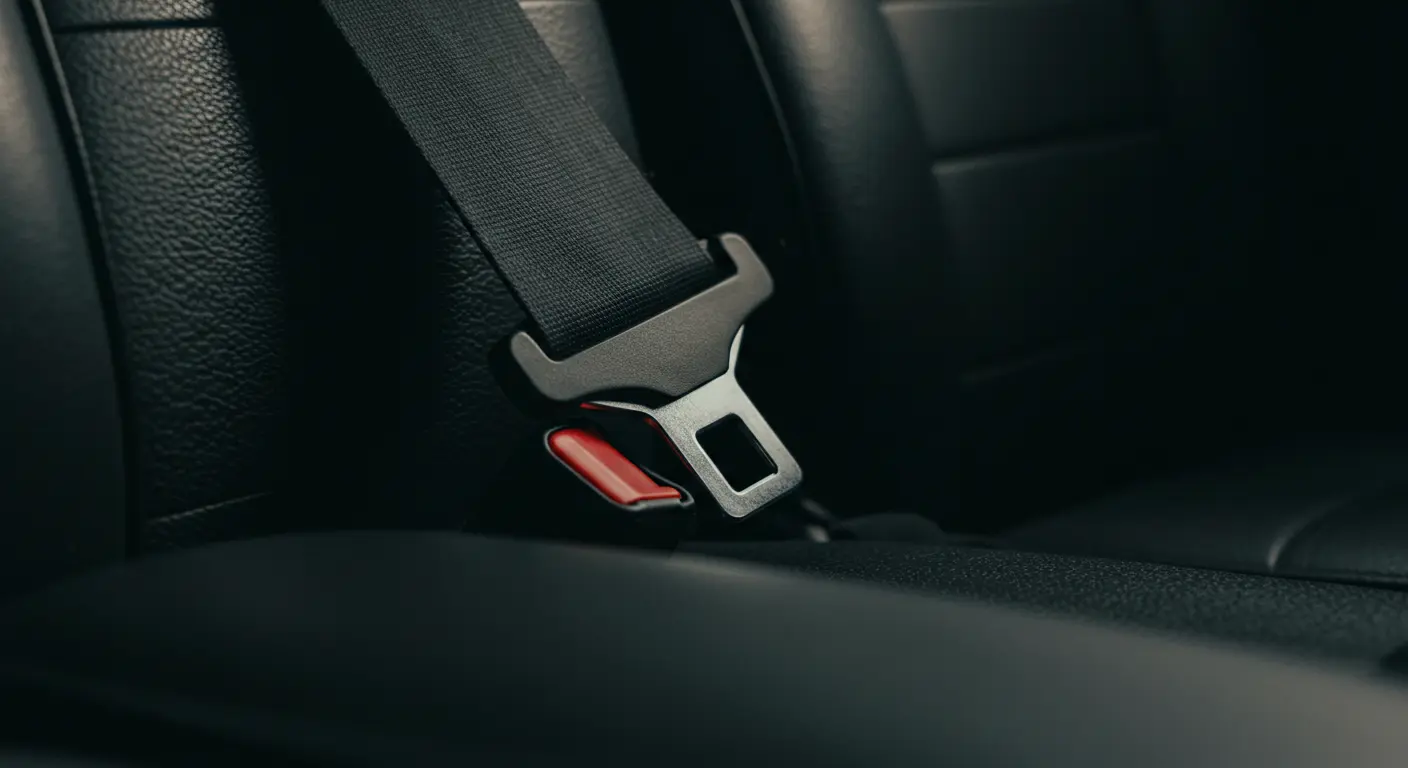As global markets reel from the latest policy announcement out of Washington, Australians may soon see car prices shift as a direct result of President Donald Trump's newly imposed tariffs on imported goods. Among the most affected sectors is the global automotive industry, and its ripple effects could reach Australian shores.

Why US Tariffs Could Influence Australian Prices
In a move to boost American manufacturing and bring jobs back to the US, President Trump announced major tariffs on vehicles and auto parts imported from key trading partners, including Mexico and Canada. While these measures are aimed at stimulating US-based production, global supply chains stand to be disrupted.
To understand the potential impact on Australia, consider this analogy: if the US is a giant customer for carmakers like Toyota (comparable to a supermarket like Woolworths), and Australia is a smaller customer (like IGA), any sudden change in US demand could flood the market with excess stock, at least temporarily.
In the short term, that could mean cheaper cars for Aussies as global manufacturers redirect surplus inventory. For example, if American buyers turn away from popular models like the Toyota Camry or Kluger due to price hikes, those units might be reallocated to Australia, possibly at a better rate.
But There’s a Catch
While short-term savings could occur, long-term consequences may differ. Reduced demand from the US could prompt carmakers to scale back production. That, in turn, may shrink economies of scale—a key factor in keeping vehicle manufacturing affordable. The result? Higher prices in smaller markets like Australia.
Cars are intricate machines assembled from thousands of components sourced globally. With tariffs disrupting established supply contracts, manufacturers might find it harder to maintain competitive pricing across all markets.

Australia's Position in the Global Supply Chain
Many vehicles sold in Australia are manufactured in countries affected by these new tariffs. While Australia imports cars from Japan, Korea, Thailand, and Europe, trade dynamics with the US matter too, especially when it comes to shared supply chains and global pricing benchmarks.
Moreover, manufacturers like Toyota produce different models in various regions. The US, for example, builds its own Camrys and Tundras, while Australia receives vehicles such as the LandCruiser from Japan. But some models built in North America could still be diverted here, depending on demand shifts and cost realignments.
Local Brands May Gain Negotiating Power
Car manufacturers and their Australian subsidiaries regularly negotiate on supply and pricing. A drop in US sales volume could give local branches more leverage in negotiating better deals—if factory output needs to stay consistent.
However, brands that rely heavily on US profitability may struggle to maintain global pricing balance. In some cases, they might need to increase prices in smaller markets to compensate for lost US revenue.
A Delicate Balance
As costs shift and global manufacturing adjusts, there are no easy predictions. Industry experts warn that any fluctuation in US demand may disrupt international supply chains.
The NSW and Australian governments are closely monitoring international developments, though domestic policies such as taxes and tariffs will continue to affect local pricing as well.

High-End Cars May Be Unaffected
Luxury vehicles like the Porsche 911 or Ferrari aren't expected to feel the pressure. These models already face steep import duties, luxury car taxes, and other fees in Australia—yet sales remain strong. It’s the everyday car buyers who may notice subtle price shifts over the coming months.
What Comes Next?
At this stage, major car brands are still assessing the long-term impact. As one industry executive noted, "It’s too early to tell how this plays out globally."
Australian buyers, however, should stay informed. While this might not result in an overnight price hike, it adds another layer of complexity to an already turbulent global market.
In short, Trump’s tariffs could either drive prices down or up in Australia. For now, car buyers may want to keep an eye on global headlines—and their wallets.



















